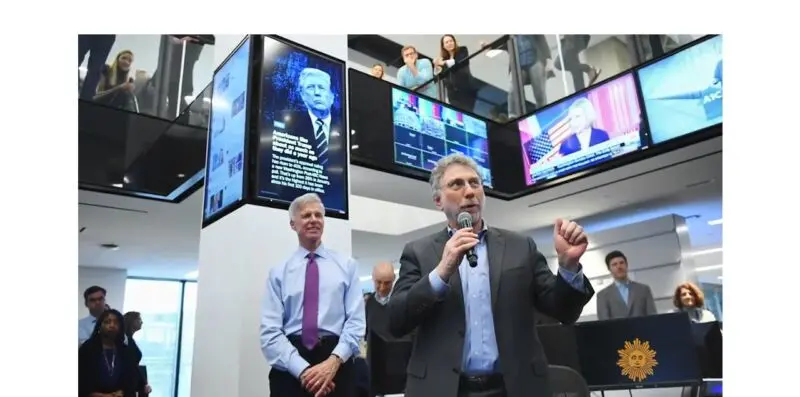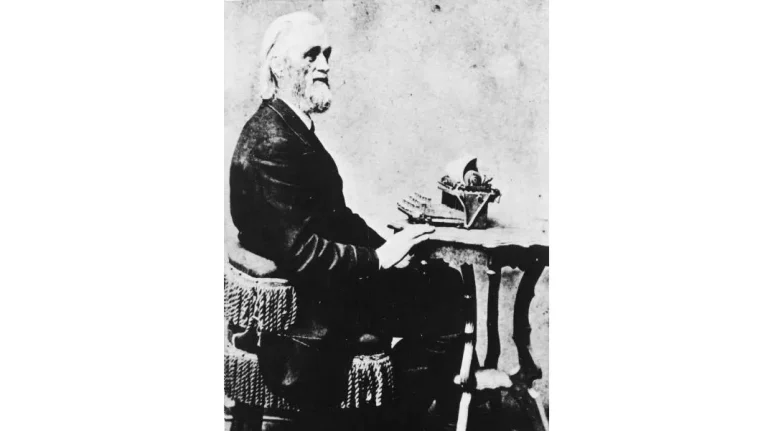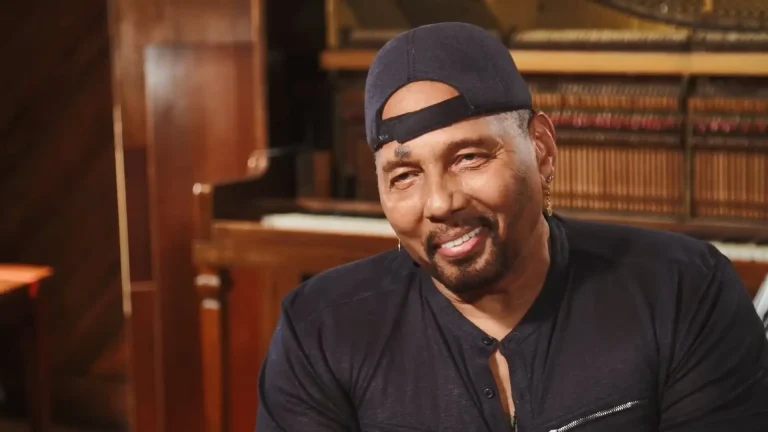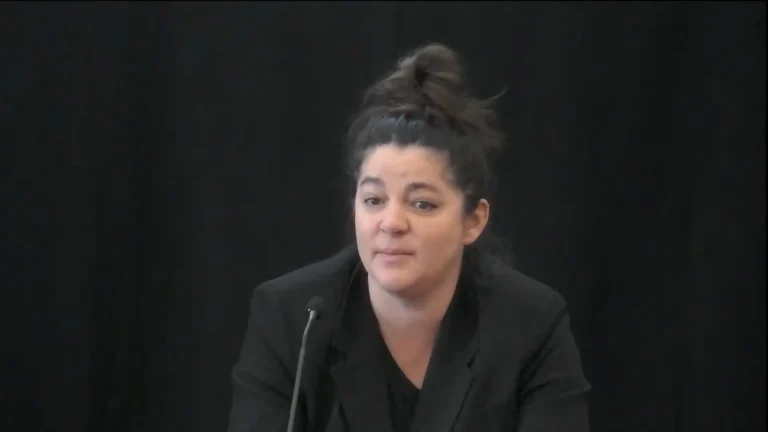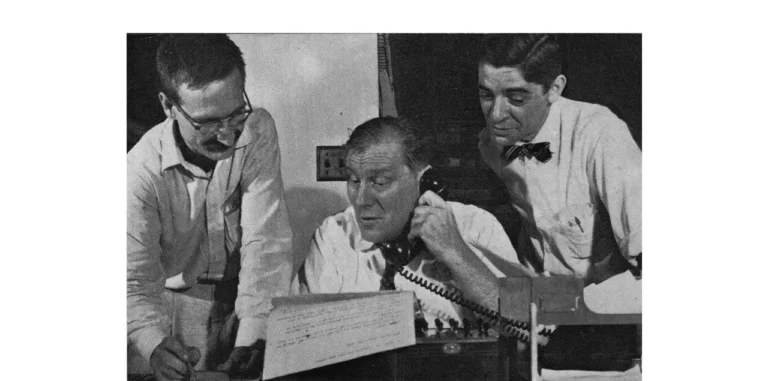Scrounging for Good Stories? Try Brand Journalism
Changes in the news media require a shift away from public relations and toward a new way to reach your audiences.
Corporate communications chiefs new to their jobs might identify with the discovery that Martin Baron made in 2013 a few weeks after taking a new position.
“I was stunned that we struggled almost every day to identify stories good enough to put on the front page of the printed paper,” he wrote in his new book, “Collision of Power.” “We were settling for Page One stories that were undeserving…. This was The Washington Post? I could scarcely believe it.”
Communicators don’t have a print edition, but many do have digital news sites. Even communicators on the job awhile likely struggle with the challenges Baron faced: Not enough good stories and limited ways to bring the few good ones to the attention of your audiences.
Structural changes in the news media require rethinking how organizations reach their audiences, making it time to move away from public relations to what we call brand journalism. A handful of recent surveys help make the case for this shift.
Tuned out?
Public relations reaches people through the news media, which can add credibility to a story. Yet many people have tuned out the media.
The percentage of people who follow the news all or most of the time fell to 38% last year, from 51% in 2016, according to a Pew Research report issued this month. Meanwhile, the percentage of people who follow the news “only now and then” or “hardly ever” has risen during the same six-year period.
We know that people now get their news from social media, not TV, newspapers or online new sites. Among those age 18 to 34, 47% say they use social media for news on a daily basis, according to an August 2022 survey by Statista. For those age 35 to 44, it’s 44%.
Making matters worse, news releases take time and aren’t very effective. Reporters responded to just 3% of email pitches, according to the fourth quarter report issued this month by public relations software company Propel. And that’s supposedly good news. It’s a slightly higher response rate than a year ago.
Content marketing?
Public relations focuses on what the company wants to say about itself. Like news outlets, brand journalism builds a company’s reputation by focusing on target audiences and what they want to know.
Brand journalists create stories using the same techniques that reporters and editors use, such as reporting, interviewing and storytelling, to build a company’s reputation. For brand journalists, like news reporters, storytelling is much more than writing something with a narrative structure. The communications team is organized like a newsroom.
Brand journalists don’t use boasts like “market-leading,” “best-in-class” or “state-of-the-art,” the stuff that reporters strip out of press releases.
Brand journalism is different from content marketing, which concentrates on your product and services. Content market is about generating leads, while brand journalism aims to establish awareness, setting a context for marketing and sales.
Worthwhile pitches
Brand journalism highly values attention from the news media but gets it in a different way. Reporters looking for news have learned to go to top-flight brand journalism sites such as those of our clients: Blue Sky News by Pittsburgh International Airport, Red by Metropolitan State University Denver and Endeavor by Moffitt Cancer Center in Tampa, Fla.
Brand journalists still pitch stories to the news media but pick their spots. Meanwhile, by writing stories that readers want to read, they go after the folks that don’t closely follow the news. They build that audience the way a news organization does: a website with a news-driven design, newsletters, search engine optimization and social media.
There’s an opening for brand journalism, even as confidence in U.S. institutions, including big businesses, remains at historic lows. Forty-two percent of people say big businesses have a somewhat or extremely positive impact on people’s lives, according to the Bentley-Gallup Business in Society survey, released this month.
Getting started
Starting brand journalism may seem like a daunting task, but you can take it one step at a time, as my colleague, Ragan Consulting Group Senior Partner Jim Ylisela, has explained.
Professional communicators often complain they don’t have time to do the stories they want because their teams are too busy filling requests with little news value. Baron can probably empathize a little.
At the Post, he quickly realized: “We needed more of what we called ‘enterprise’ work—investigations, narratives, profiles, and analyses that go deeper than the day’s news and demonstrate initiative on our part.”
The paper won 10 Pulitzer Prizes during Baron’s eight-year tenure. How did he revive the Post?
For one thing, he had the financial resources to do the job, thanks to billionaire Jeff Bezos, who agreed to buy the newspaper seven months after Baron was hired. For another, the famously taciturn editor was played by Liev Schreiber in a movie.
Yet people looking for management lessons in “Collision of Power” will have to wait.
“He offers less insight on his method than a truck driver would in a first-person podcast about his Chicago to Los Angeles run,” Politico’s senior media writer, Jack Shafer, quipped.
But in a Q&A with the Harvard Business Review after he retired in 2021, he offered a glimpse of his management style, saying simply: “I try to set high ambitions, to talk about the goals we should be achieving. People draw conclusions from that.”
Tom Corfman, a senior consultant with Ragan Consulting Group, notes that Jeff Bezos banned PowerPoints at The Washington Post, believing a narrative requires better thinking than a list of bullets. Tom directs our Build Better Writers program, often the first step toward building a full brand journalism program.
Contact our client team to learn more about how we can help you with your communications. Follow RCG on LinkedIn and subscribe to our weekly newsletter here.

